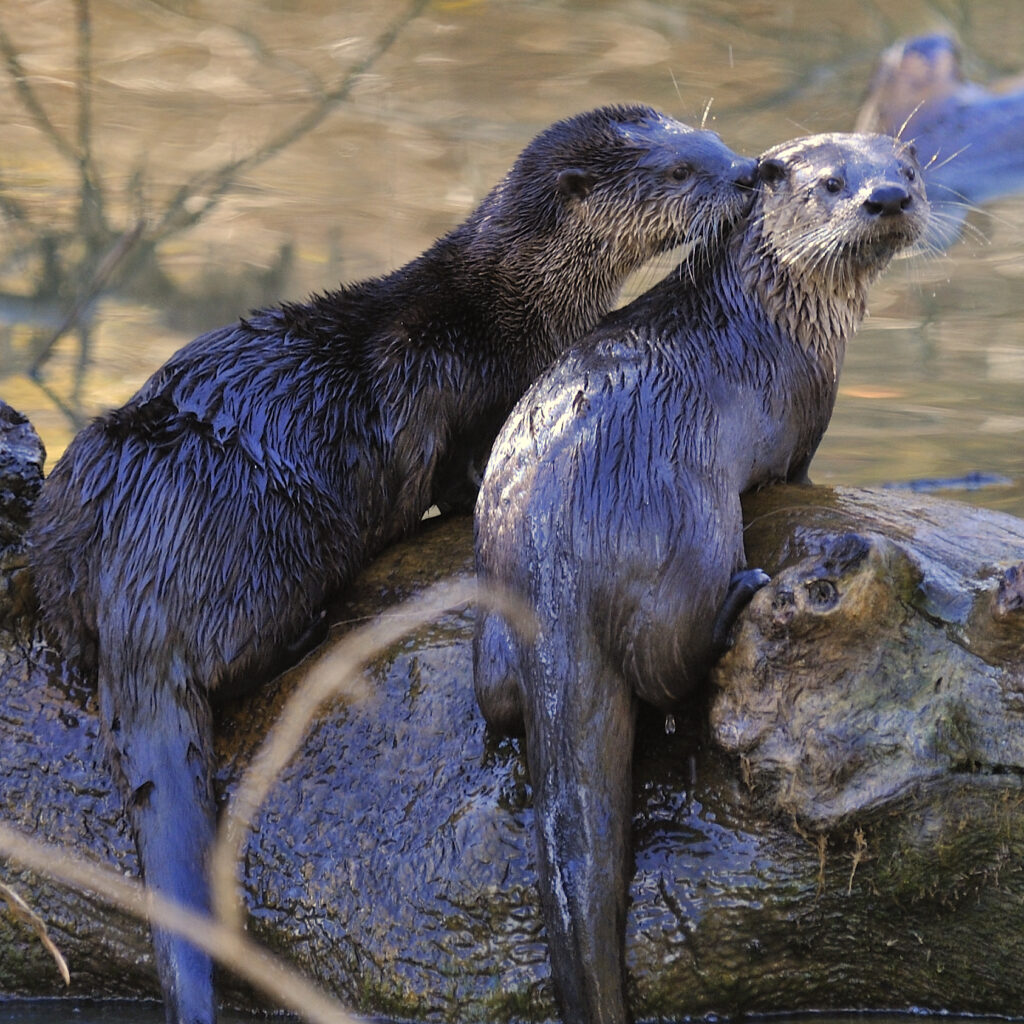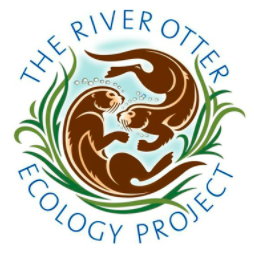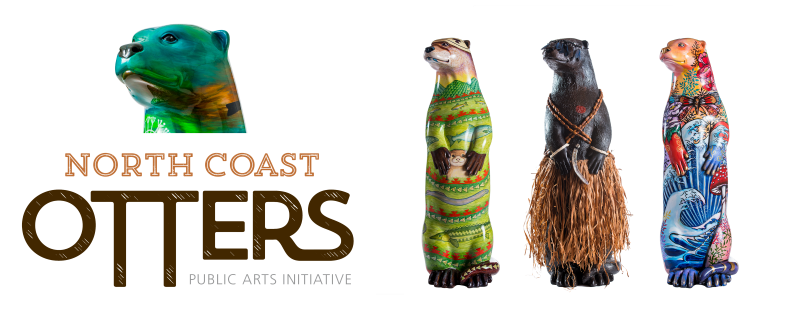
Lontra canadensis
North American river otters (Lontra canadensis) are top predators in their habitats, which include coastal estuaries, inland rivers, and far-reaching watersheds with clean water. River otters are constantly on the move looking for enough food to keep themselves fit and healthy. Fish, ducks, crayfish and frogs are on the menu for these carnivores. If you see a wild otter, wish them well, because in many areas, river otters struggle to make ends meet.
There are 13 types of otters in the world; 12 of which are listed as endangered or near-threatened; our river otters in northern California are making a comeback.
It’s our hope that Pacific Northwest habitats will continue to support wild river otters. It’s through constant vigilance by the otter spotter network that we are able to continue to record the occurrence of singletons, families with small pups, and larger groups of river otters (bevies).
Have you seen Wild Otters?
This is your invitation to make a citizen science observation – and it’s relatively easy!
If you happen to see a wild river otter in Del Norte, Humboldt, Mendocino, Siskiyou, or Trinity county, try to observe the following information:
– Date & Time
– Location
– Number of adults and smaller pups
– Otter’s behavior
Submit observations via our website or email to: otters@humboldt.edu or call (707) 826-3439.
Have you seen wild river otters in areas outside of our study area?
If yes, consider making a citizen science river otter observation to the following projects:

The River Otter Ecology Project
Bay Area

iNaturalist
National and international

Sacramento Valley Otter Project
Sacramento Valley















